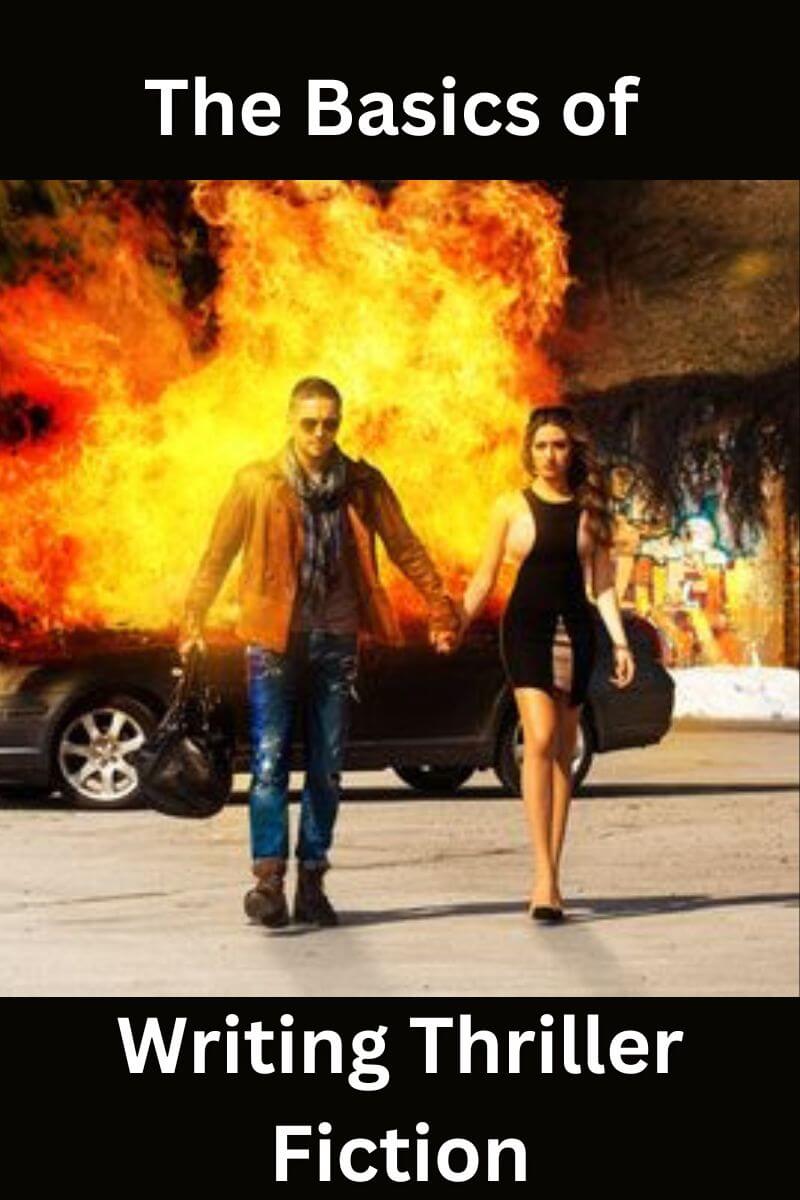Short Stories/Longer Works
by Casey
(Hendersonville, TN)
Question: I can only write short stories but I want to go bigger. Can you help me?
Answer: I recommend you do some plotting.
You may be used to thinking of a short story as one event where someone or some people's lives undergo a change. That event usually is presented as a series of smaller events. The story starts with a problem or goal, encounters complications or obstacles, leads to a climax or decisive change, and ends with an outcome.
All events can be broken into a sequence of smaller events, and all events can be part of a sequence that makes up a larger event.
There are two differences with longer works.
In a longer work, the one big event the story is about will be broken into a series of three or four smaller events, just like a short story. These are usually called acts.
So, if a novel or film sounds like a huge task, it can help to think of it as a series of four stories. The difference is that the real resolution happens at the end of the fourth act. The first three acts will typically end with the characters being sent off in a new direction.
Of course, each act will be further broken down into a sequence of three or four still smaller events or scenes, plus transitions. So instead of four events, you might have around 16 (the exact number doesn't matter too much).
The other difference is that you have more room in a longer work to develop other throughlines and subplots.
For instance, the story of the main character's inner conflict, his/her relationship to the impact character, and the story of impact character's influence, can all be developed in more detail the same way you develop the main
You can also create subplots with their own arcs as well to develop your thematic message or explore other character relationships. Novels told from multiple points of view will often have an arc for each point-of-view character.
As you can guess, this process of breaking down events into sequences of smaller events can continue forever. The advantage of plotting this way is that each event in your story will be related to what comes before and after. It will have a place in the overall story. That stops you from meandering while you write and avoids the problem of sagging middles.
So how many events should you aim for? Most feature-length films have around 48 events (or scenes). Novels are much more flexible than films, but Dramatica would argue that a complete full-length story could have twice that number. Epics with multiple subplots may have more.
That may sound a daunting number. But remember, you are in charge of how many events to include and which arcs to develop. If a particular arc interests you, you may develop it extensively, breaking down more of its events into sequences. An arc that is less important may only have three or four scenes in the entire book.
Of course, you also must know when to stop plotting and just write. Usually that's the point where plotting is no longer making you feel excited about your story and is starting to drag. At that point, start writing. You can start with any event or sequence of events you choose, even if that means writing the last act first.
- Home
- Plot Questions
- Short Stories/Longer Works











